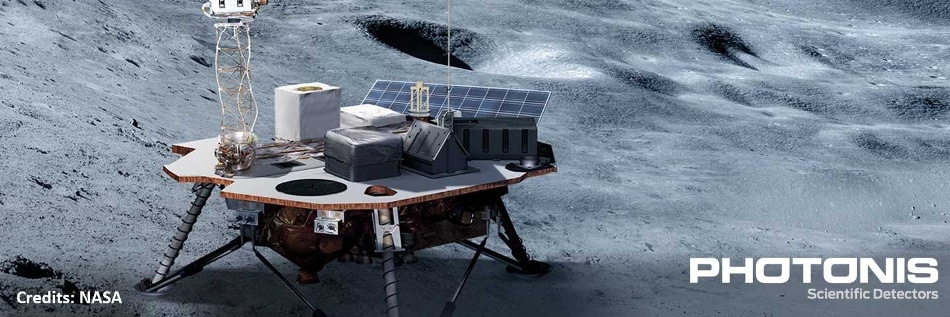Photonis has provided Micro Pore Optics that will be used in an X-ray imager designed by Boston University professor and engineer Brian Walsh to study Earth’s magnetosphere.

As part of the Artemis lunar program, Photonis’ Micro Pore Optic (MPO) X-ray collimator is being used on The Lunar Environment heliospheric X-ray Imager (LEXI). LEXI is one of 12 new payloads selected by NASA to explore the moon’s interactions with the sun. The goal of the Artemis program is to gain a better understanding of the moon in preparation to land astronauts on the south pole of the moon again by 2024 and eventually send humans to Mars for the first time. As part of NASA’s Commercial Lunar Payload Services (CLPS) program, LEXI will be launched into space in the next 18 months and from its surface on the moon, where it will sit for 2-3 weeks, it will take the first comprehensive images of our planet’s magnetic fields and how they interact with the solar wind.
Boston University, College of Engineering assistant professor Brian Walsh designed LEXI specifically because, “We’ve never had a full view of the Earth’s magnetosphere or known if it changes with time or even if it has holes in it,” Walsh says. “We haven’t had a wide enough view of our planet to take those kinds of images.”
MPOs from Photonis are used for their superior ability to focus on X-rays for imaging applications. These uniquely compact, lightweight plates offer a customized solution, including choice of pore size and coating to increase spectral response. “Our history as a partner with NASA is something we take great pride in,” stated Bruce Laprade, President and General Manager of Photonis Scientific. “We are excited to continue to provide innovative technologies which are being used to uncover the mysteries of outer space.”